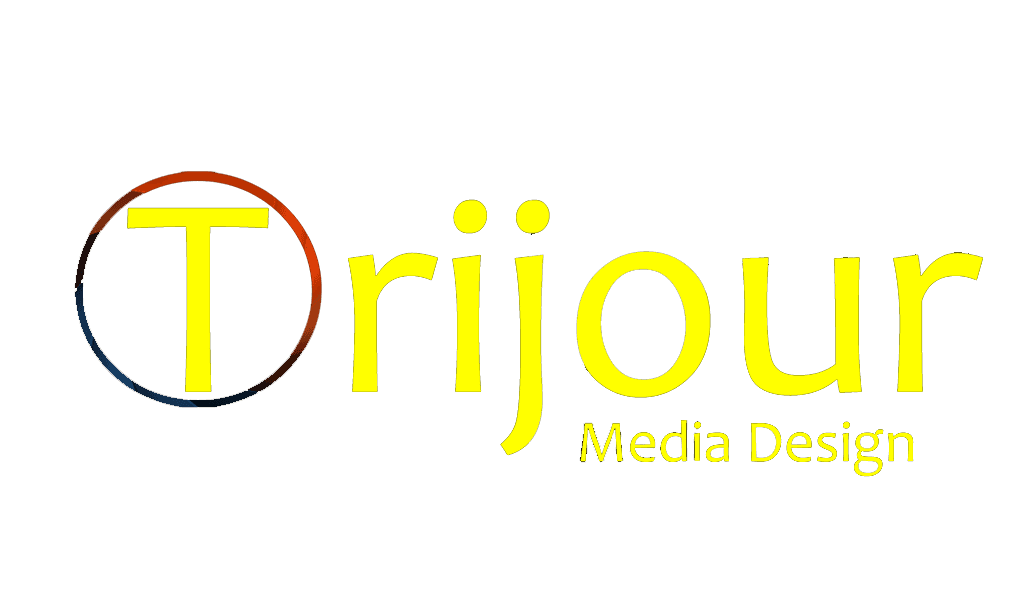7 Tools Necessary to Improve Your Blog Writing Skills
Blogging is not only a pastime and a passion for thousands
of people. It can become a profession in and of itself, a way to earn income
while researching and writing about the topics you love, whether it be food,
travel, tech, or exercise. But regardless of your chosen subject (or subjects),
your blog can always be improved, whether it’s with some added polish on
grammar and spelling, a source of inspiration for your next blog, or some data
to analyze and use to improve. Here are 7 tools that might prove useful in
taking your blog to the next level.
1. HubSpot Blog Ideas Generator
If you’re committed to generating fresh and original content on a daily basis, chances are you’ve been stumped for something to write about before. Never again! The HubSpot Blog Ideas Generator lets you type in three phrases you’d like to write about, then generates a week’s worth of headlines for you to choose from. Plug one into your word processor and voila, you’ve got a new piece. It’s like an automated brainstorming partner.
2. CoSchedule’s Headline Analyzer
If your goal is drawing more traffic to your blog, your headlines often mean more than the actual content of your blog. It’s sad, but that’s human nature: people want an easily digestible bit of information that lets them know what they’re about to read. If you want headlines that are proven to generate results, consider using CoSchedule’s Headline Analyzer. This tool helps you maximize your usage of power words that catch people’s attention, while crafting headlines that are easy to scan and process. Type in your headline and CoSchedule will analyze its strength and deliver tips on how to improve it.
3. Optimizely
True blog fanatics tinker and experiment endlessly with every aspect of their content and site. Optimizely makes it easy to perform A/B split testing on several different parts of your site to see which gets the best results. For example, you could design two different backdrops for your blog. Optimizely will split traffic, diverting some readers randomly to one backdrop and others to another, then spit out data on which performed better in a number of different measures of success. It’s addictive, fun, and a great addition to your toolkit if you’re always looking for something to improve.
4. CoSchedule
We already praised CoSchedule’s awesome Headline Analyzer, but their flagship product is just as useful (if not more). It’s a versatile app you can use to schedule your posts and to share them simultaneously or at spaced increments on all of your social media platforms (a great way to boost traffic and generate shares). The all-in-one interface simplifies the process of scheduling posts and makes it easy to get your content out there at the perfect time, even if you’re away from your computer.
Chances are, you’re already using this tool, but if you’re not, you’re missing out on one of the most valuable free assets any blogger or website owner has at their disposal. Use Google Analytics to track traffic to your site, dive into how much time users are spending on each page, and measure traffic from referrals. It’s an incredibly versatile tool for maximizing your traffic and learning more about your audience.
6. WebPageFX’s Readability Test Tool
Readability is a measure of how well people can parse your writing. If your blogs are too dense or wordy, people are unlikely to return to your site. This tool will calculate scores for your text (which you can input via URL or by copying and pasting) on a number of different scales, including the Gunning Fog Index and the Coleman Lau index, as well as telling you what grade level your writing is suited for on the Flesch-Kincaid scale. You should check every blog you write with this tool to make sure you aren’t scaring off readers with overly complex prose.
Named for famously concise author Ernest Hemingway, this app promises to make your writing bold and clear. Like the Readability Test Tool, it gives you a grade level that your writing fits, but it has the added feature of highlighting particularly difficult or complex passages in different colors, marking things like passive voice, adverbs, and sentences that ought to be split up. It’s a great tool for making your writing direct, powerful, and readable.
Or make it easy
Get a hands free experience with our unique blog writing services.






















